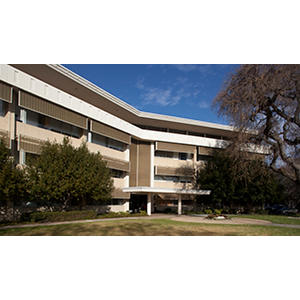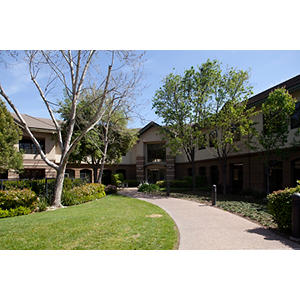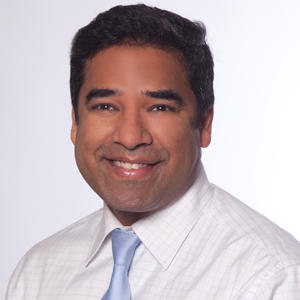Sumit Bhargava, MD
Clinical Professor
Pediatric Pulmonology
“I am focused on the well-being of the entire family.”
Mi acercamiento
My parents are famous physicians in Delhi. I watched them treat families in a very warm and open way. That's how I try to be when I see patients in my clinic; I treat patients like I would like to be treated in a doctor's office.
I'm a pediatric pulmonologist and a pediatric sleep medicine doctor. In my sleep practice, I look at children who have sleep disturbances from chronic disease, and physical and mental health issues. I focus on the detection, treatment and prevention of sleep disorders in a variety of different pediatric diseases. I also help to diagnose and treat children with a variety of pulmonary disease.
I want patients and families to know they can look forward to a relationship with me that is based on open communication, mutual trust and respect. I'm a professional, but I strive to be compassionate and empathetic, even in stressful situations. I care about the impact of the illness on the child and the family's life. I try to focus on the well-being of the entire family, as they deal with the illness of their child.
Localización

770 Welch Road, Ste 380
Palo Alto, CA 94304
Mapas, direcciones y estacionamiento
Teléfono : (844) 724-4140
Fax : (650) 497-8791

1195 West Fremont Avenue
Sunnyvale, CA 94087
Mapas, direcciones y estacionamiento
Teléfono : (844) 724-4140
Experiencia
Asthma
Bronchiectasis
Bronchopulmonary Dysplasia
Childhood Asthma
Chronic Cough
Chronic Lung Disease in Infancy
Chronic Ventilator Management
Ciliary Dyskinesias
Congenital Lung Disease
Cystic Fibrosis
Functional Disorders (Eating, Feeding, Toileting and Sleep)
Interstitial Lung Disease
Laryngomalacia
Laryngomalacia Tracheomalacia
Neuromuscular Disease
Pneumonia
Pulmonary Hypertension
Pulmonary Vascular Disease
Sleep Disorders
Sleep Medicine
Tracheomalacia
Trabajo y educación
PtBD Sharma Post Graduate Institute of Medical Education and Research, Rohtak, Haryana, India, 02/13/1993
University of Kansas School of Medicine, Kansas City, KS, 07/01/1998
Children's Hospital of Philadelphia, Philadelphia, PA, 06/30/2001
Sleep Medicine, American Board of Pediatrics, 2009
Pediatric Pulmonology, American Board of Pediatrics, 2004
Idiomas
English
Hindi

Conéctese con nosotros:
Descarga nuestra App: